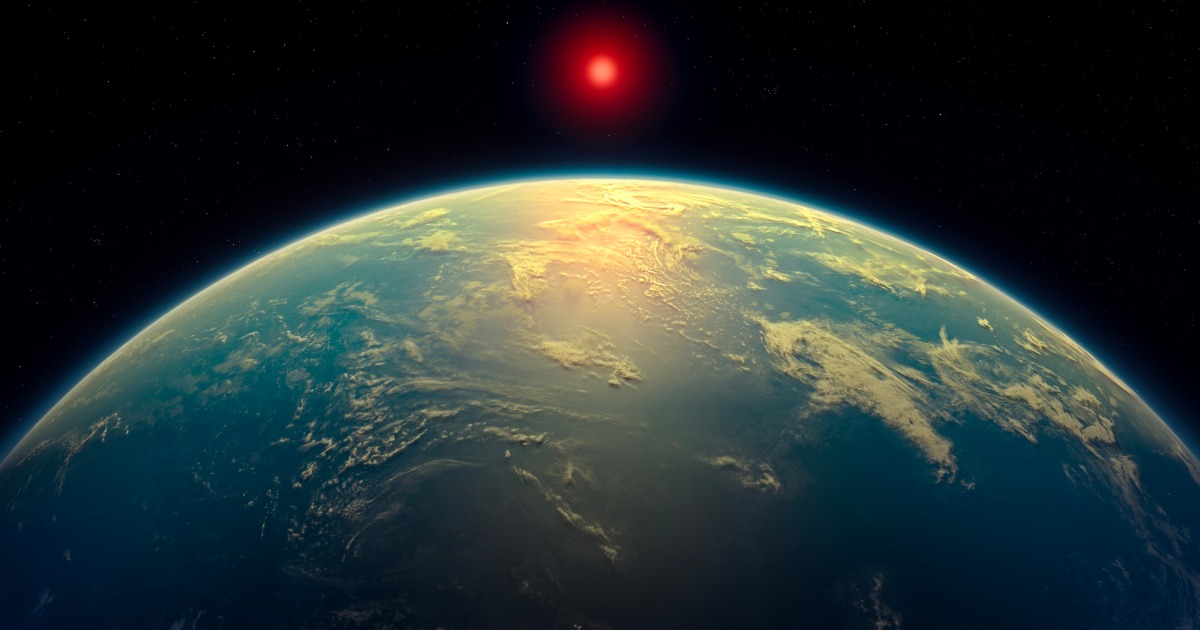
Nano-Electro-Mechanical Systems
Nano-Electro-Mechanical Systems (NEMS) are devices that integrate electrical and mechanical functionality on the nanoscale. NEMS typically have dimensions of less than 100 nanometers and are made from materials such as silicon, carbon nanotubes, and graphene. They are used in a variety of applications, including sensors, actuators, and resonators. NEMS devices are capable of detecting extremely small forces and displacements, making them useful for measuring things like mass, acceleration, and temperature. They also have the potential to be used in future nanoelectronics and nanorobotics applications.
Your Previous Searches
Random Picks
- Thin Film: In space and astronautical engineering, Thin Film refers to a layer of material that has a thickness ranging from a few nanometers to several micrometers. Thin films are used in various applications such as coatings, solar cells, sensors, a ... Read More >>
- Communication Services: Communication Services refer to the various means of transmitting information between spacecraft, ground stations, and other entities involved in space missions. These services include telemetry, tracking, and command (TT&C), as well as dat ... Read More >>
- Toxic: Toxic refers to any substance or material that is harmful or poisonous to living organisms. In the context of space and astronautical engineering, toxic substances can pose a significant risk to astronauts and spacecraft. These substances c ... Read More >>
Top News

This week on "Sunday Morning" (April 20)...
A look at the features for this week's broadcast of the Emmy-winning program, hosted by Jane Pauley....
News Source: CBS News on 2025-04-17

Scientists detect strongest hints yet of life on a distant planet...
Scientists have detected unique chemical patterns similar to those produced by the Earth's algae and seaweed — raising the possibility of the presence of a warm ocean, perhaps teeming with life, on ...
News Source: NBC News on 2025-04-17

Is there life on another planet? Scientists find the strongest evidence yet...
Near a planet far, far away astronomers have found traces of chemicals that on Earth are only produced by living beings....
News Source: Al Jazeera English on 2025-04-17

Scientists find strongest evidence yet of life on an alien planet | CNN...
In a potential landmark discovery, scientists using the James Webb Space Telescope have obtained what they call the strongest signs yet of possible life beyond our solar system, detecting in an alien ...
News Source: CNN on 2025-04-17
Katy Perry's trip to space wasn't inspirational. It was tone-deaf marketing....
Katy Perry indulged in a space tourism trip Monday, courtesy of Jeff Bezos' company. It's the latest in a long line of missteps for the singer....
News Source: Business Insider on 2025-04-14